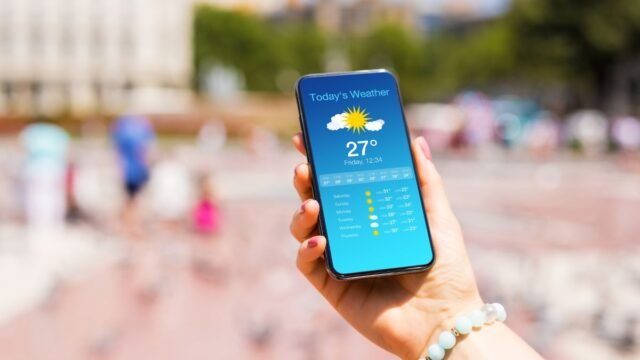Hyderabad Weather: The India Meteorological Department (IMD) Hyderabad forecasts indicate that temperatures would rise in the city, thus providing respite from the winter cold wave to the people. The weather service predicts that the cold wave will continue to subside until January 18.
The minimum temperatures across the state are expected to stay above 15 degrees Celsius, based on the department’s estimates.
It lifted all advisories in nearly all Telangana districts until Saturday.
According to the Telangana State Development Planning Society (TGDPS), yesterday’s lowest minimum temperature of 12 degrees Celsius was recorded in the Kumuram Bheem district.
The IMD predicts partly overcast skies till January 18, although no winter cold wave is predicted to hit the city in the coming days.
Additionally, it has predicted cloudy or misty morning conditions until Saturday.
ALSO READ: Noida School Timings Changed As Mercury Drops In Delhi-NCR, IMD Issues Orange Alert
All of Hyderabad’s zones—Charminar, Khairathabad, Kukatpally, LB Nagar, Secunderabad, and Sri Lingampally—are included in the prediction.
Residents will be able to escape the winter cold wave as IMD Hyderabad predicts a temperature increase in the days ahead.
Meanwhile, Himachal Pradesh is likely to witness light to moderate rain and snowfall in higher reaches from January 15 to 20 due to a western disturbance, according to the India Meteorological Department (IMD). The met department stated that intermittent light rain and snowfall are likely on January 15, 17, 18, and 20 in several regions.
Meanwhile, the state remains under the influence of a cold wave following the recent rain and snowfall. Dense fog has blanketed the plains, causing severe morning and evening chills. IMD issued a fog alert for Una, Bilaspur, Hamirpur, and Mandi districts, even as clear skies prevailed in high-altitude areas.







